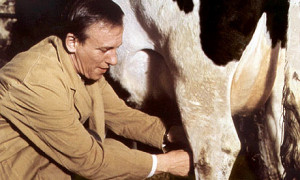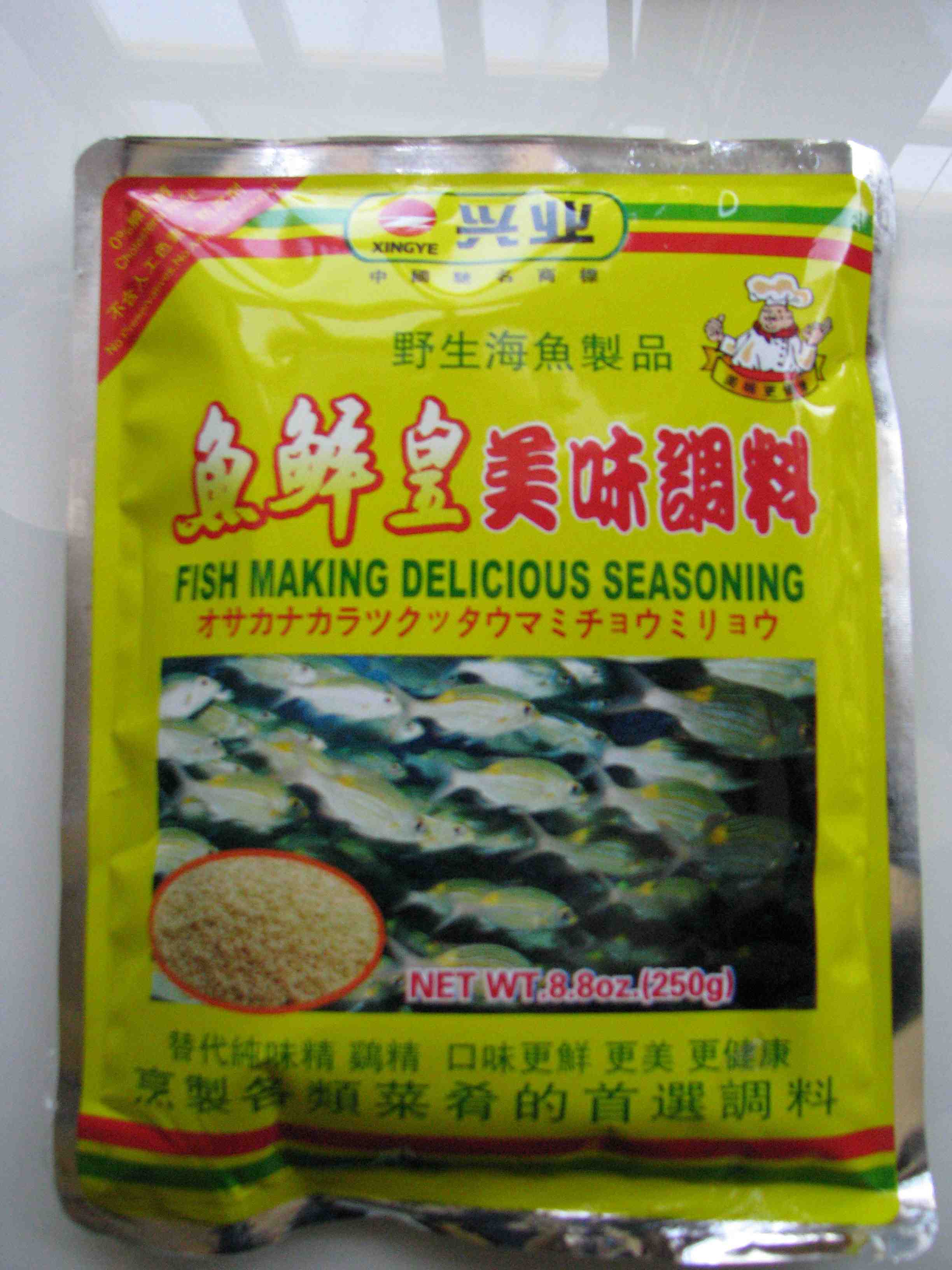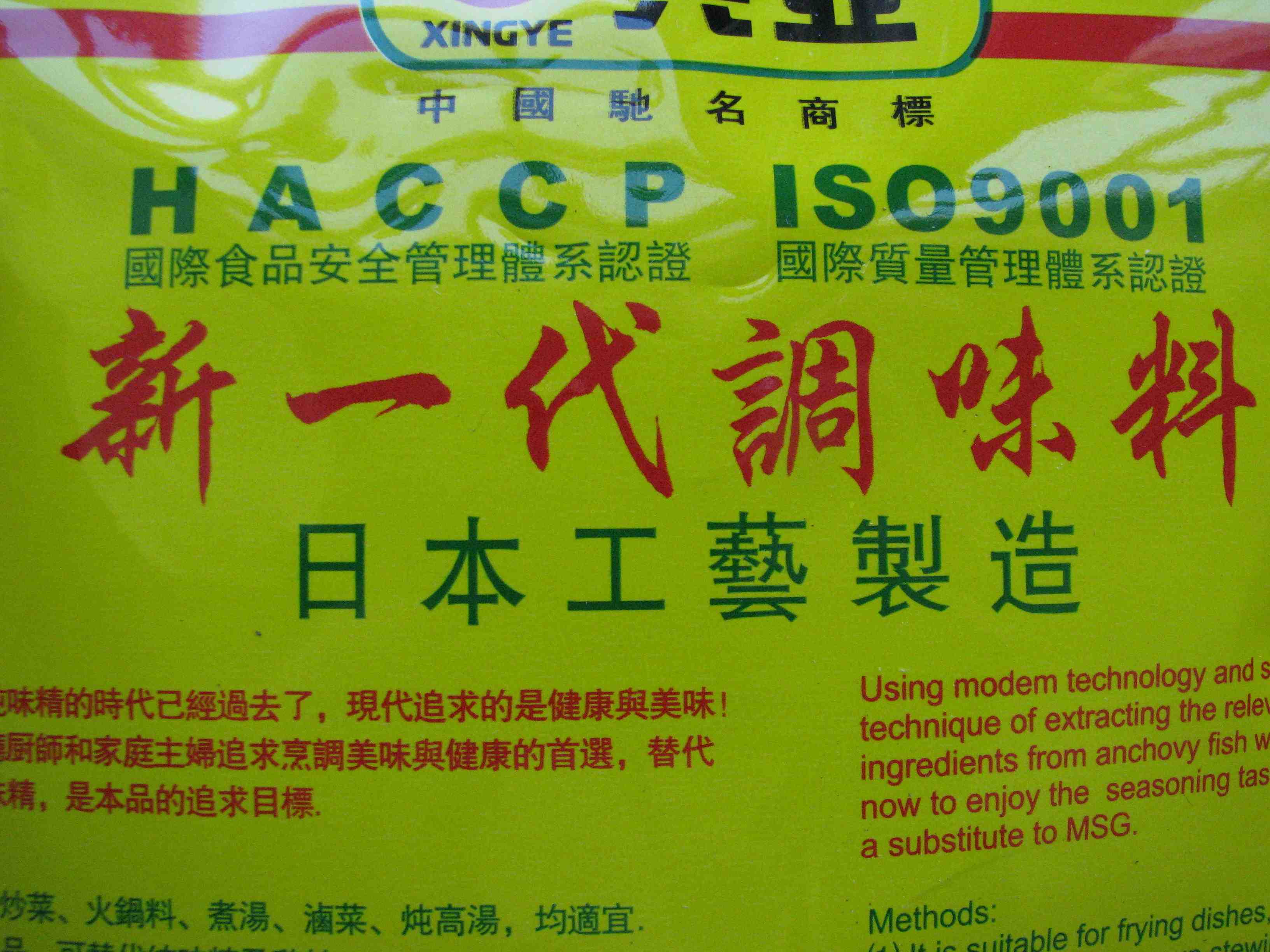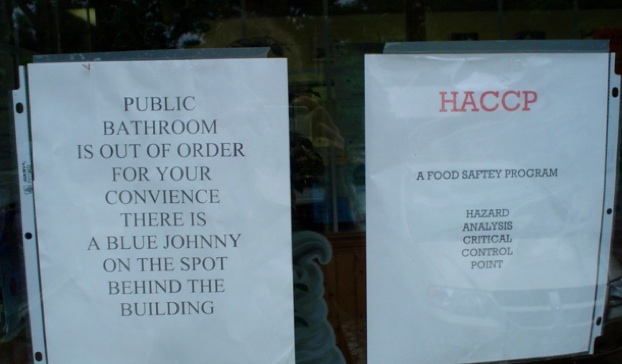Food Safety Talk, a bi-weekly podcast for food safety nerds, by food safety nerds. The podcast is hosted by Ben Chapman and barfblog contributor Don Schaffner, Extension Specialist in Food Science and Professor at Rutgers University. Every two weeks or so, Ben and Don get together virtually and talk for about an hour. They talk about what’s on their minds or in the news regarding food safety, and popular culture. They strive to be relevant, funny and informative — sometimes they succeed. You can download the audio recordings right from the website, or subscribe using iTunes.
In episode 67, Ben is on hiatus and Don talks with John Bassett. The scene opens with a vivid description of a picturesque English village with pigeons pooping on the eaves and birds chirping in the background.
John starts by telling the listeners a bit about his background. He is a veterinarian by training, having earned his degree in New Zealand. He spent seven years as a veterinary practitioner; a bit like that depicted inAll Creatures Great and Small in Epsom (that’s in England). John returned to New Zealand and began a small animal practice but quickly transitioned to work for a government biosecurity laboratory inWellington (that’s in New Zealand) where he solved problems during extended coffee breaks taken in trendy cafes. John got his start in risk assessment using the OIE approach. John’s next career move was to industry as a risk assessor with Unilever; this took him back to England (that’s in the United Kingdom). The guys got sidetracked and discussed the sole-crushing bureaucracy that can be found in big industry (not that there’s anything wrong with that). John’s latest career change finds him in a new mode as food safety consultant.
The guys discussed the recent Chobani mold incident. From here the conversation jumped into tea. Iced tea with added sugar was discussed as a possible growth medium for generic E. coli (special concern was expressed for sun-brewed tea) and the potential for herbal (pronounced ‘erbal’ by some) tea as a source of bacteria and maybe pathogens.
John talked about some of his current risk assessment work, and the difficulty of making risk management decisions for low-frequency events. John explains his recent interest in Gael Risk assessment techniques. This approach can be used for semi-quantitative risk assessment, and may have value in preventing problems like the recent horse-meat food scandal. The value of audits in science-based food safety was questioned and discussed, and Don and John disagreed about the value of semi-quantitative risk assessments.
Bandwidth on John’s end starts to suffer (perhaps due to John’s kids arrival home from school) so the conversation is paused briefly, while John (the poopy-head) sorts it out.
The show resumes with a discussion on whether HACCP is risk based or not. John notes that one key to “selling” a risk assessment might be based on saving money in the long run, perhaps from a reduced need for testing and auditing. A discussion of the Elliott Review takes place before the guys re-iterate the need for using computerized systems for effective traceback in the food supply chain; especially ones that do not need to be linked via paper documents.
John mentions that he will not be at IAFP 2014 due to lack of a wealthy sponsor; but he does plan to attend the IAFP European Symposium in Cardiff in 2015. Don reveals his IAFP presidential party plans (Beer, Bourbon, and BBQ), while John contemplates pork ribs somewhere closer to home.
John mentioned the use of the sear and shave technique to produce safer raw burgers in the UK. Don didn’t seem convinced, and will continue using his iGrill and tip sensitive digital thermometer, as suggested for use in previous Food Safety Talk episodes, “because everyone’s gotta have a hobby”. Both guys reminisced over outbreaks of Campylobacter jejuni from seared chicken livers that occurred in the UK and USA.
In the After Dark portion, Don transitioned into talking about Doctor Who, and John explained he was late for the podcast meeting because of a meeting with McDonald’s own Bizhan Pourkomailian.




 our politicians are too afraid to do the right thing.
our politicians are too afraid to do the right thing. pre-farm gate stage. A more comprehensive and integrated approach to risk management is arguably needed. A call for HACCP on the farm or farm food safety management system may be warranted in future if fresh produce outbreaks continue to rise. However, further research is needed to establish the guidelines of HACCP adoption at the farm level. At present, the rigorous adoption of GAP as a pre-requisite and the practice of HACCP-based plans is a good indicator of the importance of pre-harvest safety.
pre-farm gate stage. A more comprehensive and integrated approach to risk management is arguably needed. A call for HACCP on the farm or farm food safety management system may be warranted in future if fresh produce outbreaks continue to rise. However, further research is needed to establish the guidelines of HACCP adoption at the farm level. At present, the rigorous adoption of GAP as a pre-requisite and the practice of HACCP-based plans is a good indicator of the importance of pre-harvest safety. pepper) to the sauce, or from cross-contamination of the product or sauce in the post lethality processing environment.”
pepper) to the sauce, or from cross-contamination of the product or sauce in the post lethality processing environment.” 



.jpg) department decided how to regulate the newfangled method. … Now restaurants desiring to use the sous vide method must have an approved HACCP plan to do so.”
department decided how to regulate the newfangled method. … Now restaurants desiring to use the sous vide method must have an approved HACCP plan to do so.” seemed to trap tourists like bees on sap.
seemed to trap tourists like bees on sap. symptoms of diarrhea improve, a type of kidney failure called hemolytic uremic syndrome (HUS) can occur; this can happen at any age but is most common in children under 5 years old and in older adults. People with HUS should be hospitalized immediately, as their kidneys may stop working and they may be at risk for other serious health problems.
symptoms of diarrhea improve, a type of kidney failure called hemolytic uremic syndrome (HUS) can occur; this can happen at any age but is most common in children under 5 years old and in older adults. People with HUS should be hospitalized immediately, as their kidneys may stop working and they may be at risk for other serious health problems.